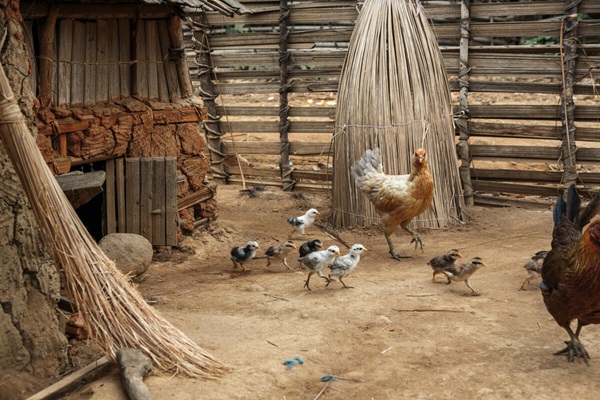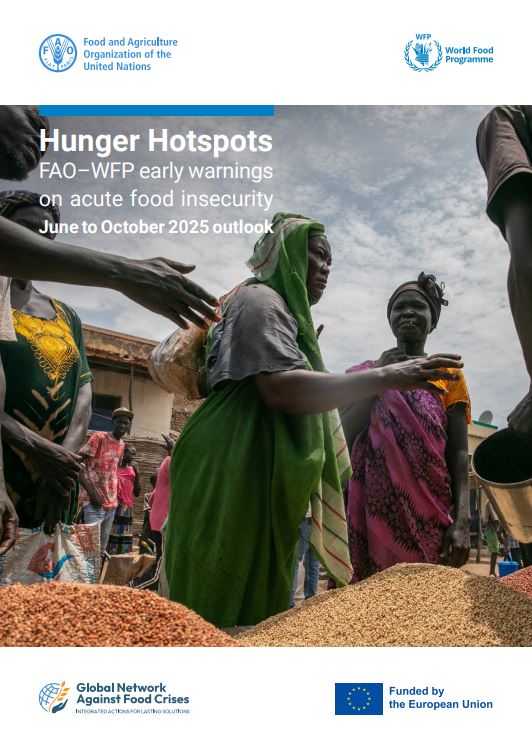
Hunger Hotspots - FAO–WFP early warnings on acute food insecurity: June to October 2025 outlook
16/06/2025
In the current edition of a regular joint bi-yearly report, the Food and Agriculture Organization of the United Nations (FAO) and the World Food Programme (WFP) warn that acute food insecurity is likely to worsen across 13 countries and territories identified as hotspots, during the outlook period from June to October 2025.

Food Price Monitoring and Analysis (FPMA) Bulletin #5, 13 June 2025 - Monthly report on food price trends
13/06/2025
World maize prices declined sharply in May 2025 on improved seasonal availability from Southern Hemisphere harvests and record production prospects in the United States of America. Wheat prices also declined, underpinned by improved crop conditions in some major exporting countries and the effect of trade policy changes in Argentina and the Russian Federation. By contrast, international rice prices increased.
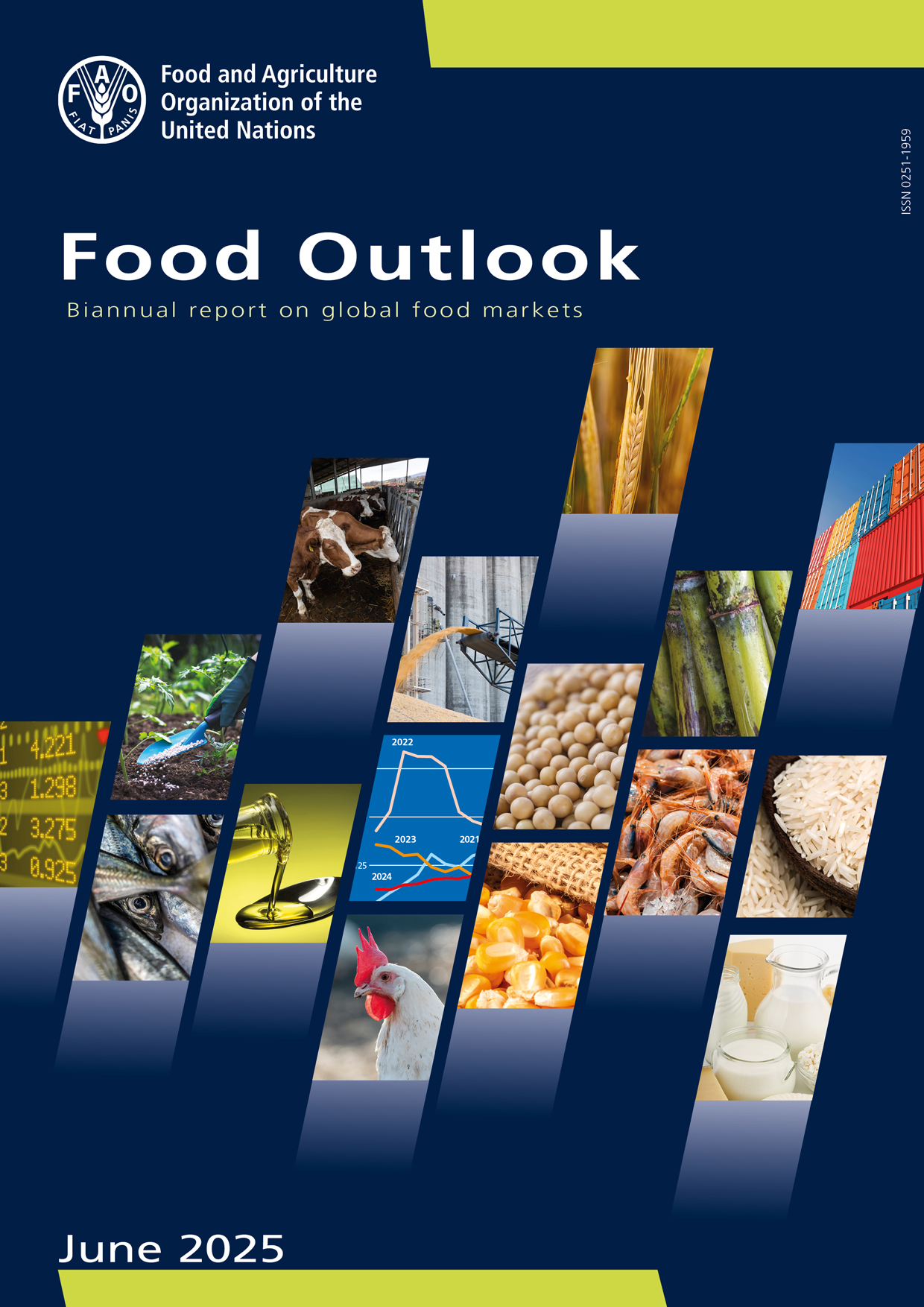
Food Outlook – Biannual report on global food markets – June 2025
12/06/2025
FAO’s latest assessments indicate a relatively optimistic outlook for food commodity markets, with production and trade of all commodities, except sugar, anticipated to increase. However, this growth will have different impacts on stock recovery, influenced by the delicate balance between supply and demand. Global food commodity production remains vulnerable to weather conditions.
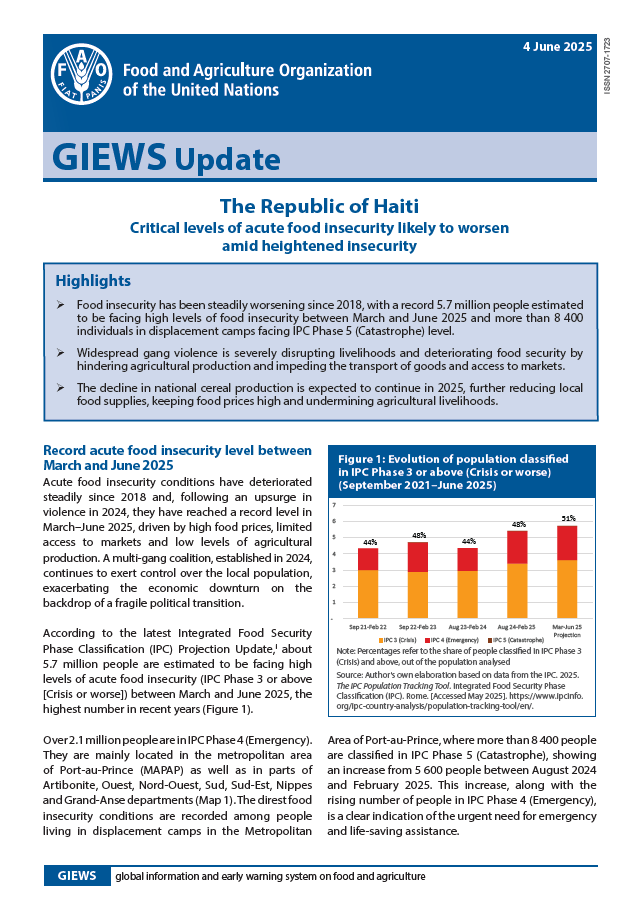
Critical levels of acute food insecurity likely to worsen amid heightened insecurity
04/06/2025
Food insecurity has been steadily worsening since 2018, with a record 5.7 million people estimated to be facing high levels of food insecurity between March and June 2025 and more than 8 400 individuals in displacement camps facing IPC Phase 5 (Catastrophe) level. Widespread gang violence is severely disrupting livelihoods and deteriorating food security. The decline in national cereal production is expected to continue in 2025.
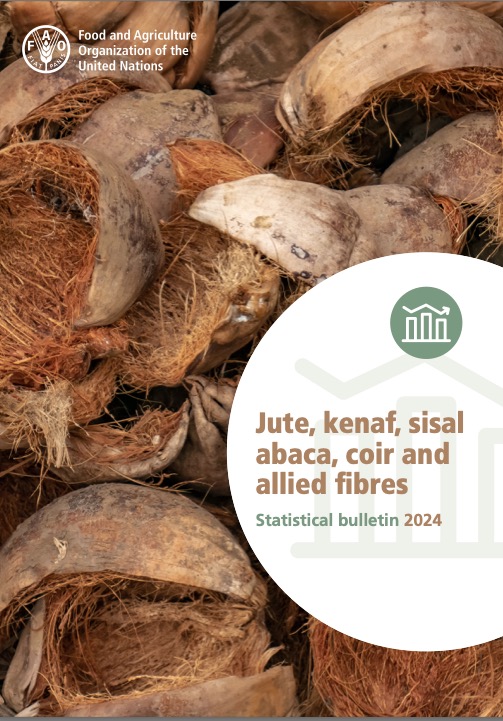
Jute, kenaf, sisal abaca, coir and allied fibres statistical bulletin 2024
26/05/2025
The Food and Agricultural Markets Analysis Team (FAMA), provides economic data and analysis on major agricultural raw materials, horticultural and tropical products. The Team also undertakes market reviews, outlook appraisals and projections and provides assistance to member countries in designing and implementing national policies for those agricultural commodities, which enter into international trade.
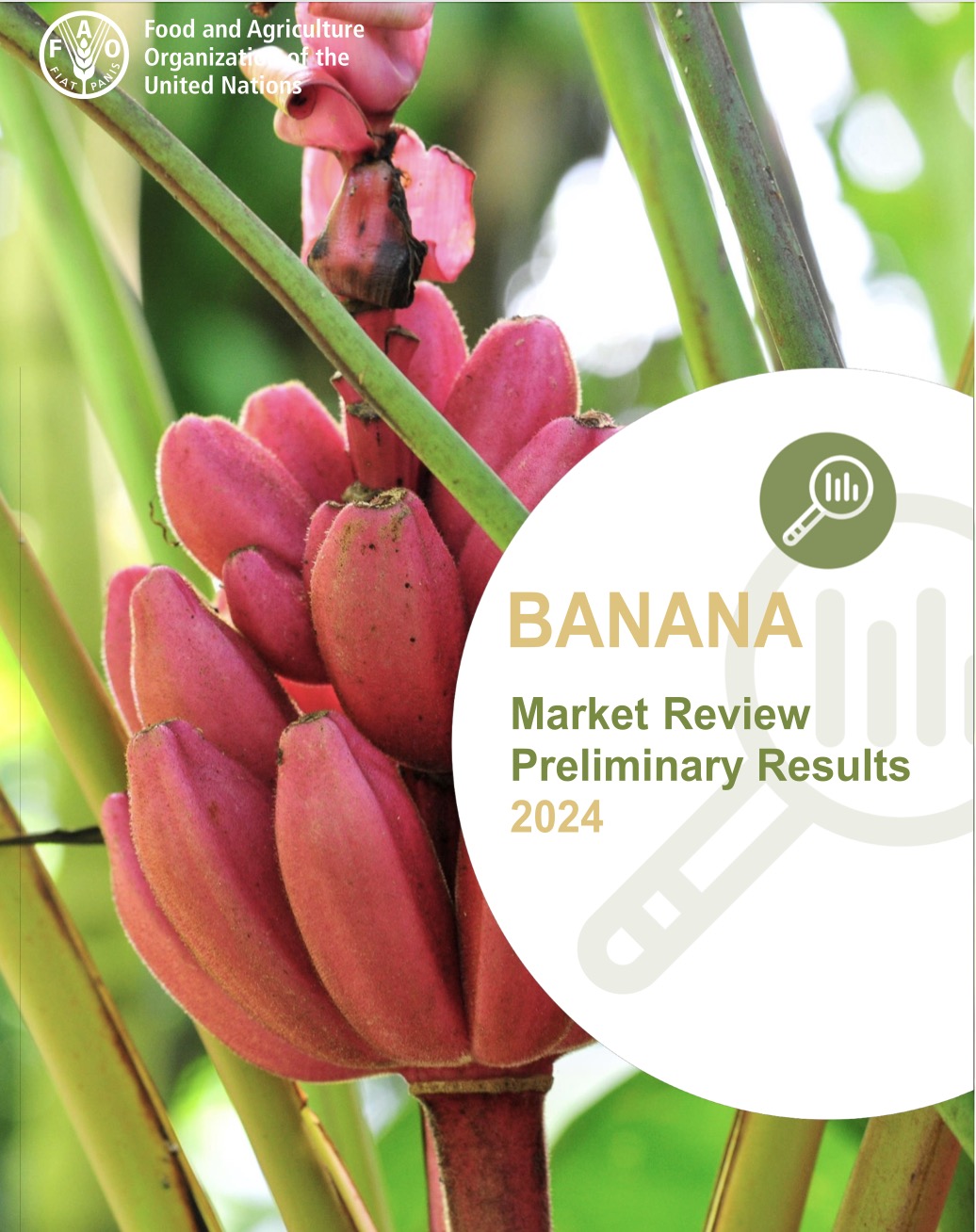
Banana Market Review. Preliminary results 2024
23/05/2025
The Banana Market Review Preliminary Results are issued on an annual basis to Members and Observers of the Sub-Group on Bananas of the Intergovernmental Group on Bananas and Tropical Fruits, which is a subsidiary body of the Committee on Commodity Problems (CCP).
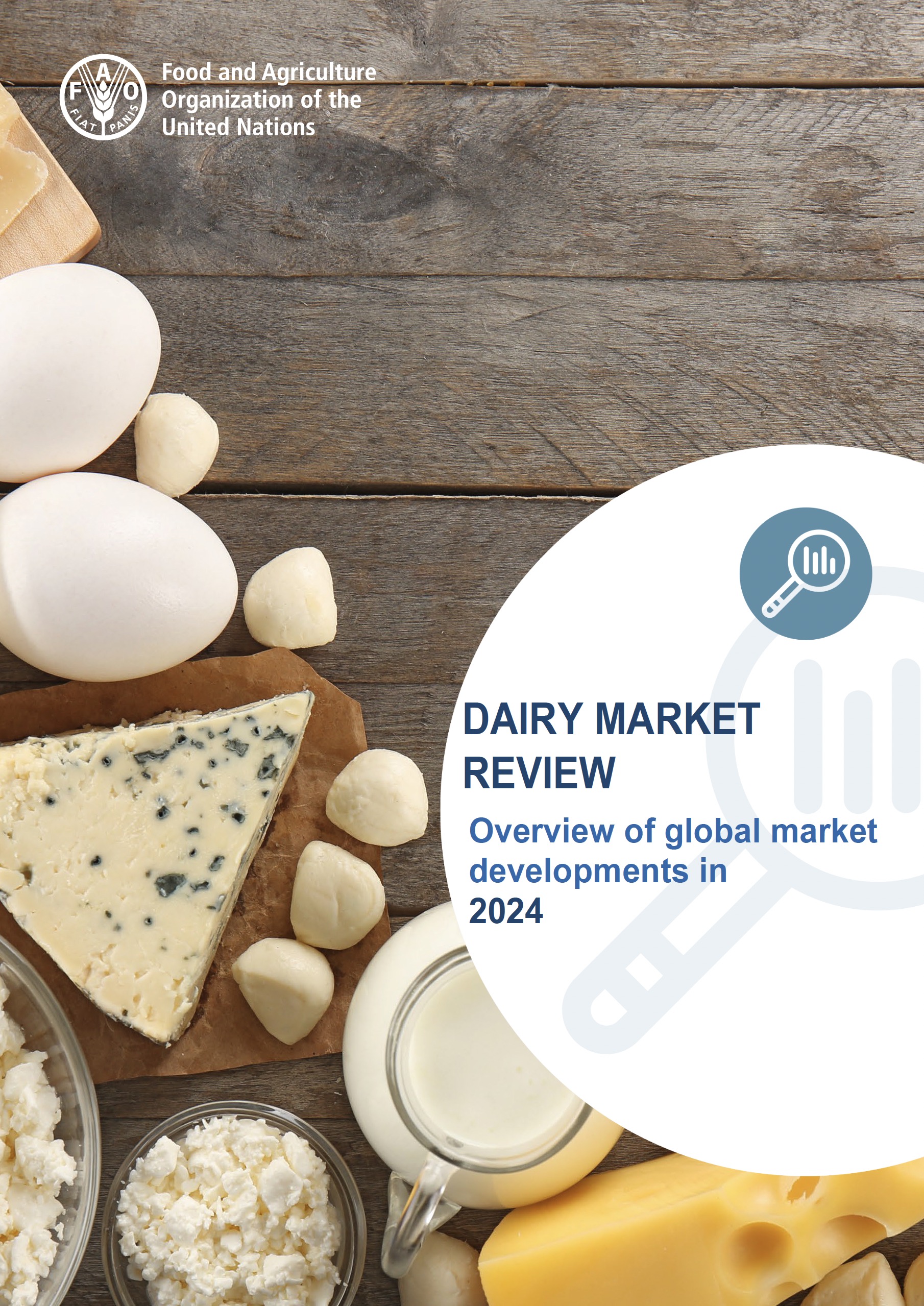
Dairy Market Review. Overview of global market developments in 2024
22/05/2025
The April 2025 issue of the dairy market review provides an overview of key developments in global milk production, dairy trade and prices during 2024. It shows that global milk production expanded in 2024, although at a slower pace than the previous year, sustained by significant output growth in Asia, Oceania and parts of Europe.
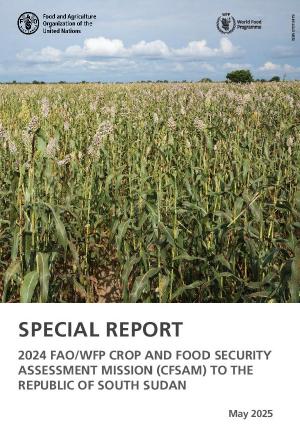
Special report: 2024 FAO/WFP Crop and Food Security Assessment Mission (CFSAM) to the Republic of South Sudan
19/05/2025
The annual FAO/WFP Crop and Food Security Assessment Mission (CFSAM) was conducted from 3 to 16 December 2024 to estimate the cereal production during 2024 and assess the overall food security situation in the country. The 2024 net cereal production is estimated at about 1 123 000 tonnes, over 10 percent higher than the 2023 output and 25 percent above the average of the previous five years.
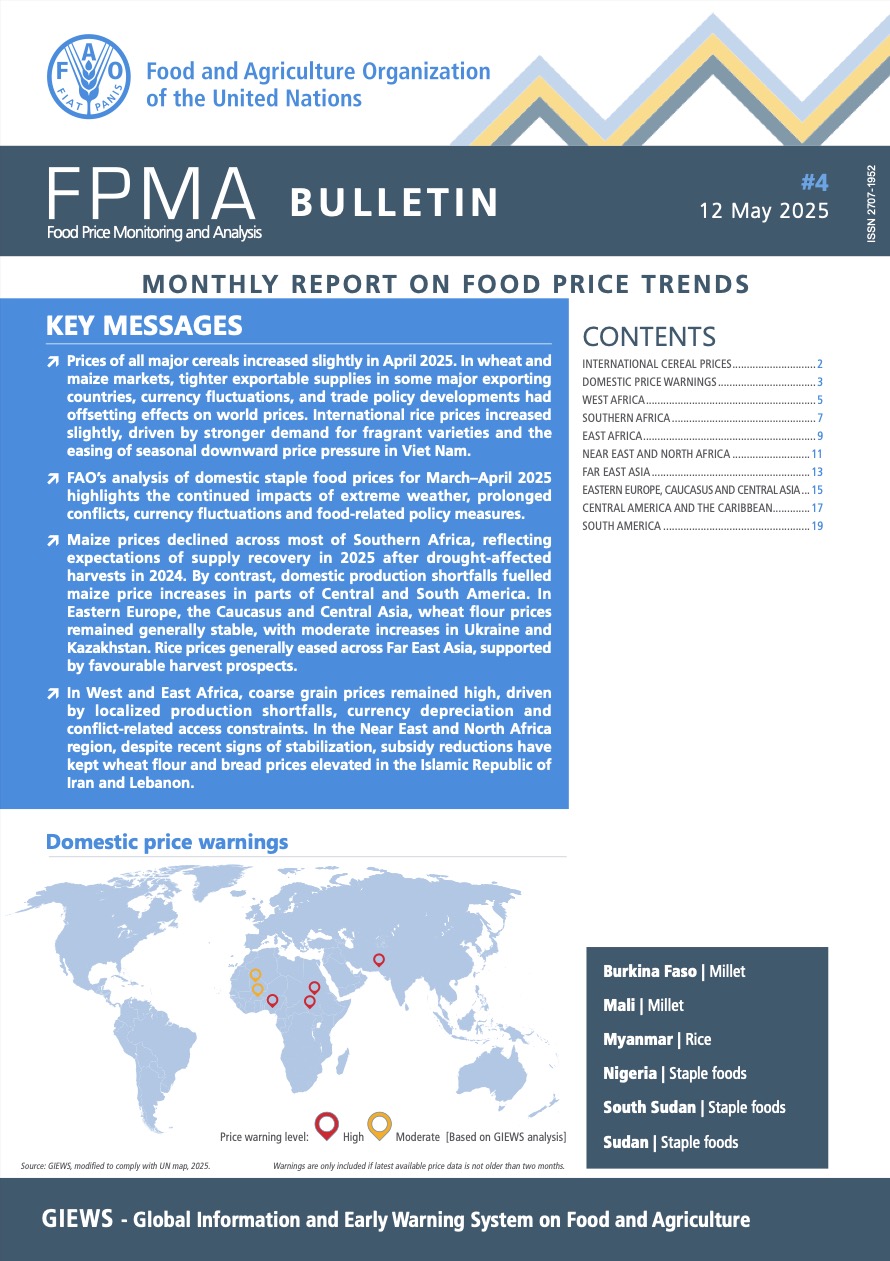
Food Price Monitoring and Analysis (FPMA) Bulletin #4, 12 May 2025 - Monthly report on food price trends
12/05/2025
Prices of all major cereals increased slightly in April 2025. Tighter exportable surpluses in some major exporters, currency movements and trade policy developments counteracted each other on wheat and maize markets. International rice prices increased slightly, as demand for fragrant varieties strengthened and seasonal downward pressure on prices diminished in Viet Nam.
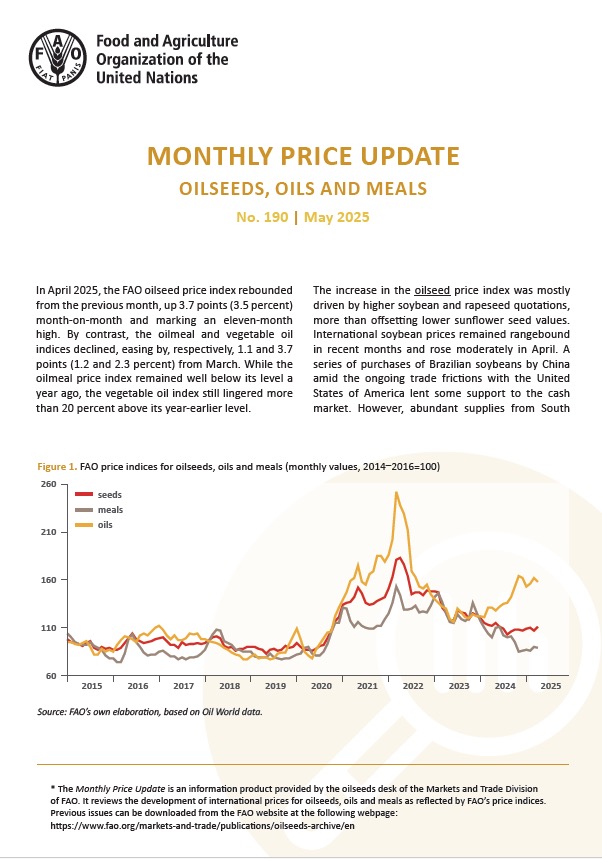
Oilseeds, Oils and Meals. Monthly price update No. 190, May 2025
08/05/2025
The Monthly Price Update is an information product provided by the oilseeds desk of the Markets and Trade Division of FAO. It reviews the development of international prices for oilseeds, oils and meals as reflected by FAO’s price indices.
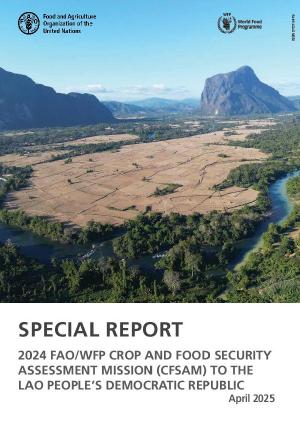
Special report: 2024 FAO/WFP Crop and Food Security Assessment Mission (CFSAM) to the Lao People’s Democratic Republic, April 2025
25/04/2025
At the request of the Government of the Lao People’s Democratic Republic, a joint FAO/WFP Crop and Food Security Assessment Mission (CFSAM) visited the country from 7 to 21 December 2024. The objectives of the CFSAM (henceforth referred to as the Mission) were to estimate staple food crop production in 2024, assess the impact of multiple flood events and other factors affecting the agriculture sector.
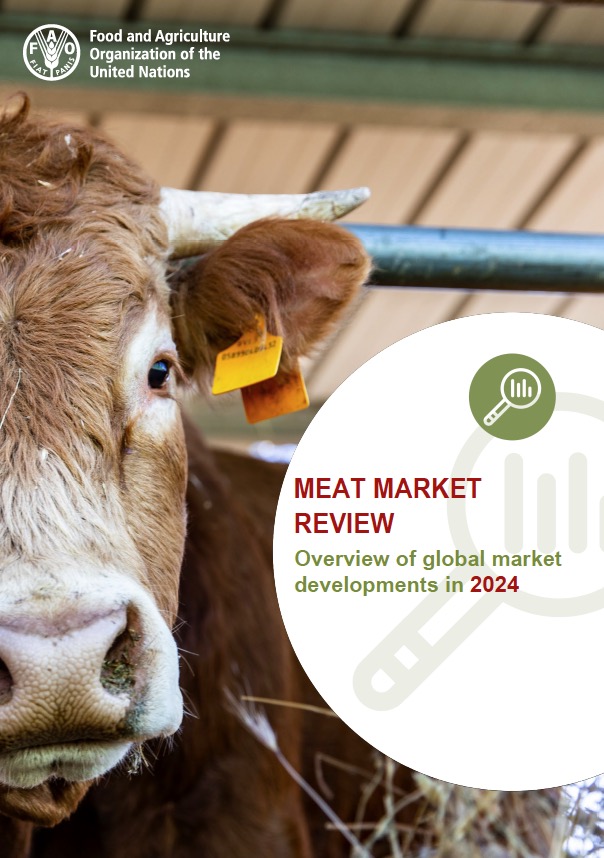
Meat Market Review. Overview of global market developments in 2024
22/04/2025
The April 2025 issue of the publication summarizes the salient trends and drivers of market developments and significant public policy changes in 2024. The review shows that world meat production expanded in 2024, underpinned by increased slaughter and improved profitability.
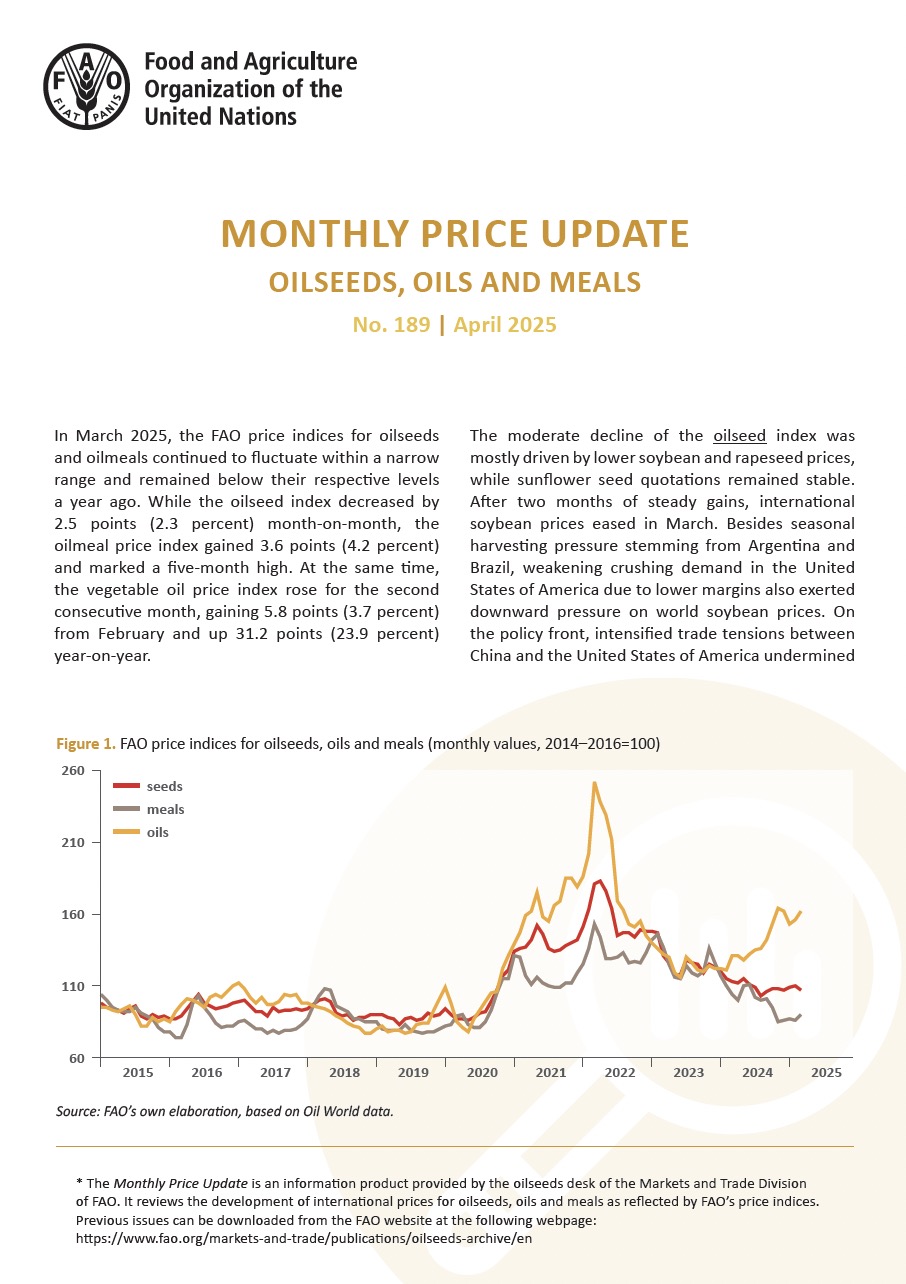
Oilseeds, Oils and Meals. Monthly price update No. 189, April 2025
17/04/2025
The Monthly Price Update is an information product provided by the oilseeds desk of the Markets and Trade Division of FAO. It reviews the development of international prices for oilseeds, oils and meals as reflected by FAO’s price indices. In March 2025, the FAO price indices for oilseeds and oilmeals continued to fluctuate within a narrow range and remained below their respective levels a year ago.
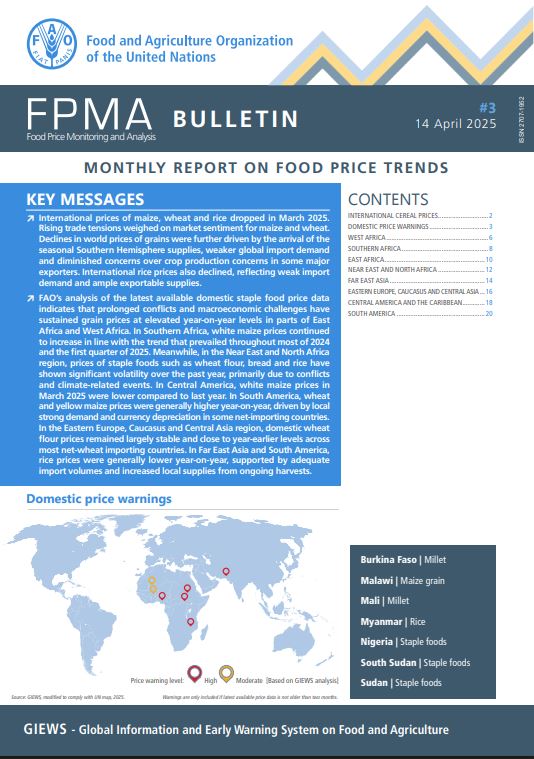
Food Price Monitoring and Analysis (FPMA) Bulletin #3, 14 April 2025 - Monthly report on food price trends
14/04/2025
International prices of maize, wheat and rice dropped in March 2025. Rising trade tensions weighed on market sentiment for maize and wheat. Declines in world prices of grains were further driven by the arrival of the seasonal Southern Hemisphere supplies, weaker global import demand and diminished concerns over crop production concerns in some major exporters. International rice prices also declined, reflecting weak import demand and ample exportable supplies.

Special Report: 2024 FAO Crop and Food Supply Assessment Mission to the Federal Democratic Republic of Nepal - 18 March 2025
18/03/2025
At the request of the government, an FAO Crop and Food Supply Assessment Mission (CFSAM) visited the country from 17 to 30 November 2024 to estimate the 2024 crop production, assess the impact of floods that occurred in July, August and September, identify other factors that influenced crop production, analyse food market conditions and forecast cereals and pulses import requirements for the 2024/25 marketing year (July/June).
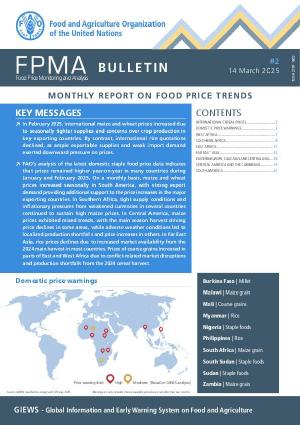
Food Price Monitoring and Analysis (FPMA) Bulletin #2, 14 March 2025 - Monthly report on food price trends
14/03/2025
In February 2025, international maize and wheat prices increased due to seasonally tighter supplies and concerns over crop production in key exporting countries. By contrast, international rice quotations declined, as ample exportable supplies and weak import demand exerted downward pressure on prices. FAO’s analysis of the latest domestic staple food price data indicates that prices remained higher year-on-year in many countries during January and February 2025.
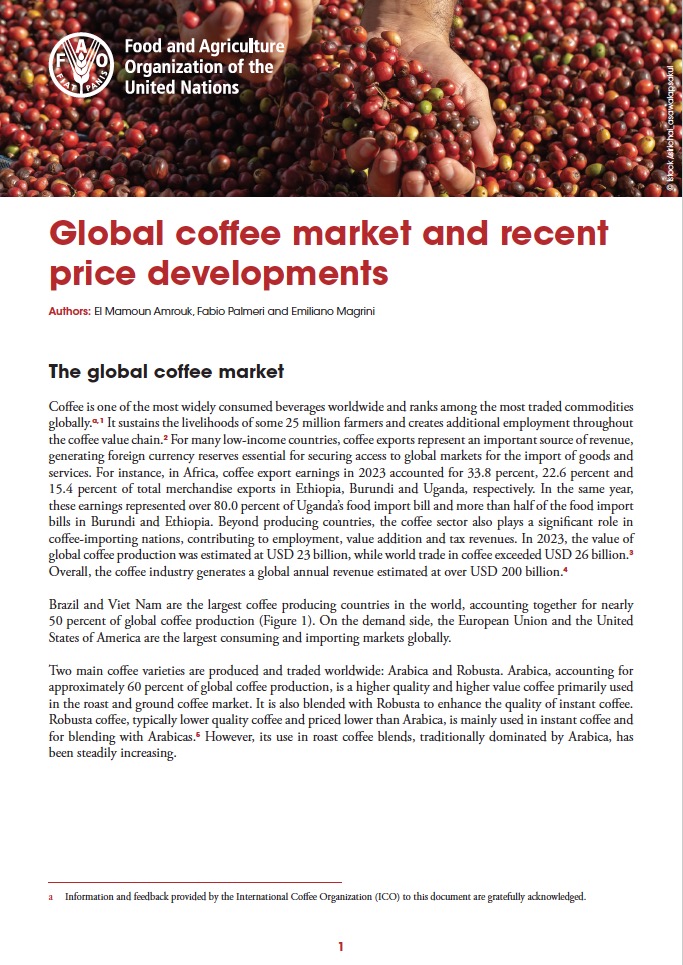
Global coffee market and recent price developments
14/03/2025
Coffee is one of the most widely consumed beverages worldwide and ranks among the most traded commodities globally. It sustains the livelihoods of some 25 million farmers and creates additional employment throughout the coffee value chain. For many low-income countries, coffee exports represent an important source of revenue, generating foreign currency reserves essential for securing access to global markets for the import of goods and services.
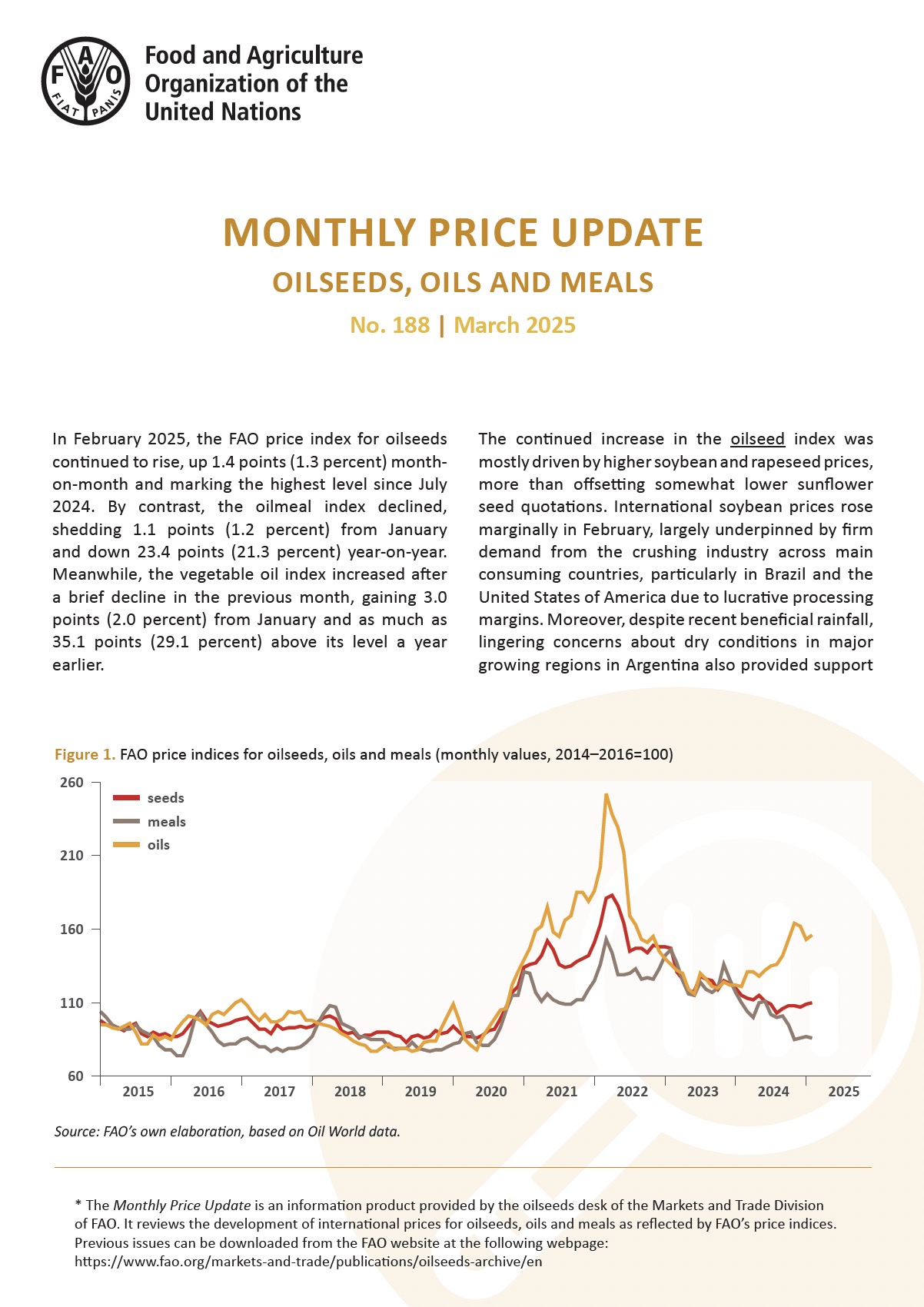
Oilseeds, Oils and Meals. Monthly price update No. 188, March 2025
12/03/2025
The Monthly Price Update is an information product provided by the oilseeds desk of the Markets and Trade Division of FAO. It reviews the development of international prices for oilseeds, oils and meals as reflected by FAO’s price indices. In February 2025, the FAO price indices for oilseeds and vegetable oils increased slightly from the previous month, and the oilmeal index declined after rising for two consecutive months.
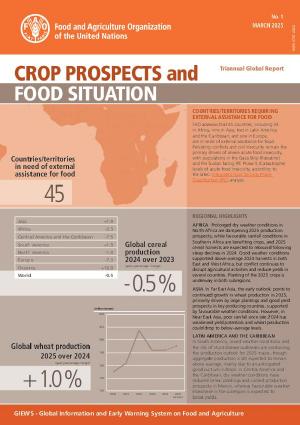
Crop Prospects and Food Situation Triannual Global Report, No. 1, March 2025
07/03/2025
The triannual Crop Prospects and Food Situation report provides a forward-looking global analysis of cereal production, market trends and food security conditions, with a particular attention on low-income food-deficit countries. FAO assesses that 45 countries, including 33 in Africa, nine in Asia, two in Latin America and the Caribbean, and one in Europe, are in need of external assistance for food.
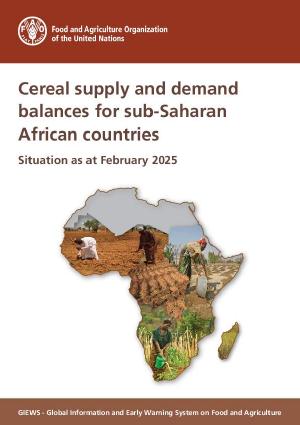
Cereal supply and demand balances for sub-Saharan African countries - Situation as at February 2025
07/03/2025
The cereal supply and demand balances included in this report present a subset of data from the FAO/GIEWS Country Cereal Balance System (CCBS) database created and continuously kept up to date by the Global Information and Early Warning System on Food and Agriculture (GIEWS) and Basic Foodstuffs teams of the Markets and Trade Division, with data since 1980.
FAO's The State of Agricultural Commodity Markets – Chefs C. Bowerman, V. Gouloubi, and X. Liu
06/12/2024
FAO's The State of Agricultural Commodity Markets 2024 explored the theme, "Trade and nutrition: Policy coherence for healthy diets." The 2024 edition discussed the complex linkages between food trade and nutrition and generates evidence to show how trade can affect dietary patterns and nutritional outcomes.
Honouring women around the world, from crop to cup
23/05/2024
Tea is more than a commodity, it’s a culture, a way of life. A universal symbol of comfort and good health. Much more than a beverage, tea generates employment and income worldwide, enriching the livelihoods of millions of people, empowering whole communities to thrive over generations, and providing stability in an ever-changing world.
Waris Ahluwalia exchanging with his mother on the importance of tea on International Tea Day 2024
23/05/2024
For International Tea Day 2024, multi-hyphenate (actor-model-designer-entrepreneur) Waris Ahluwalia - who was born in Punjab, India - exchanges with his mother, Darshan Ahluwalia on the importance of tea, and the importance of tea in their lives. Film directed by Danny Sangra.
Discover the rich heritage of five traditional tea cultivation systems
21/05/2024
Discover the rich heritage of five traditional tea cultivation systems The Food and Agriculture Organization of the United Nations (FAO) has designated five incredible tea production areas as Globally Important Agricultural Heritage Systems (GIAHS) for their combination of unique landscapes, agricultural heritage and traditional farming methods passed down for generations.
International Tea Day 2023 | Celebrating tea (Event highlights)
22/08/2023
Recognising the long history and the cultural and economic significance of tea around the world, as well as the significant role it plays in rural development, poverty reduction and food security in developing countries, the United Nations General Assembly proclaimed 21 May as International Tea Day, calling on FAO to lead the observance.
Bringing people together over a cup of tea
17/05/2023
Tea is an age-old symbol of wellbeing that appears in the arts, literature, music and boasts countless colours and varieties. Around the world, tea is our most-loved drink, after water. But tea is more than just a shared experience. To millions of farmers in developing countries, tea is the main source of income.
Cotton, weaving a better future
07/10/2022
From field to fabric, the familiar touch of cotton is woven into our lives. Cotton is one of the oldest natural fibers. It is the thread connecting civilizations
Cotton, weaving a better future together (partners)
07/10/2022
More than just a textile, cotton is a culture and a way of life for hundreds of millions of households worldwide. Cotton creates jobs and incomes for millions at the heart of the supply chain.
Food Price Monitoring & Analysis (FPMA) Tool | Updated version
20/07/2022
Food Price Monitoring & Analysis (FPMA) Tool | Updated version Across the world and around the clock, the buying and selling of food commodities take place along supply chains that get food from producers to consumers.
The State of Agricultural Commodity Markets 2022 (SOCO)
28/06/2022
This edition of The State of Agricultural Commodity Markets (SOCO) discusses how trade policies, based on both multilateral and regional approaches, can address today’s challenges for sustainable development.
Tea: a cup of pure comfort
27/06/2022
In the last two years our world has experienced some dramatic changes. COVID-19 has shaken the foundations of our way of life. In turbulent times one feelgood gesture has connected populations across the globe. The simple act of sharing a cup of tea. We prepare tea in many ways, but this ancient ritual stretches beyond cultures. Tea is a culture in itself.
International Tea Day 2022 | Tea: the essence of unity
20/05/2022
Steeped in ritual and legacy, tea is the world’s best-loved beverage, after water. Globally, the tea-economy helps sustain the livelihoods of millions of smallholder households. From Egypt to China, Afghanistan to Sri Lanka and Viet Nam, small-scale farmers produce 60% of the world’s tea.
Tea and coffee: The aroma of unity
19/10/2021
These beverages are more than just a brew, they embody hundreds of years of knowledge that spans across generations. Tea and coffee are linked to many potential health benefits, as mounting scientific evidence has shown. To millions of farmers in the poorest parts of the world, however, tea and coffee represent a source of income, livelihoods and a ladder out of poverty.
OECD-FAO Guidance for Responsible Agricultural Supply Chains (Video No. 2)
31/05/2021
Food is more global than ever before. Reduced trade barriers, advances in production, logistics, and a rising demand for food have powered trade and global supply chains. These processes have unlocked millions of jobs, supporting social and economic development around the world.
Tea: A Resilient Sector
21/05/2021
The origins of tea stretch back more than 5 000 years, but its contributions to health, culture and socioeconomic development are still as relevant today. Tea is currently grown in very localized areas, and supports over 13 million people, including smallholder farmers and their households, who depend on the tea sector for their livelihoods.
FAO Policy Series: Trade Policy
21/04/2016
Trade has a critical role to play in eradicating global hunger. It has a direct impact on food prices and volumes. Boubaker Ben Belhassen, Director of the FAO Trade and Markets Division together with Ekaterina Krivonos, Economist explain how trade policy can contribute to food security worldwide.
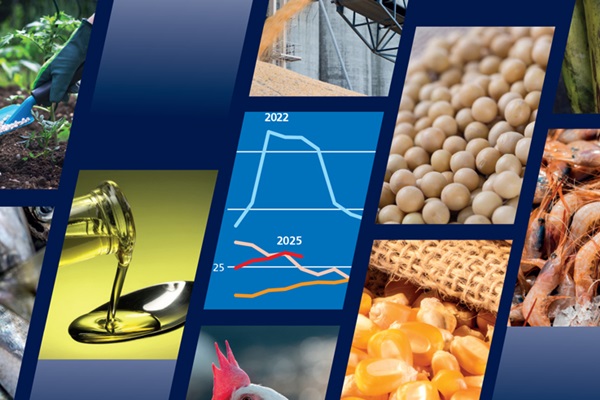
FAO Food Outlook: Global output of key food commodity crops on course for new records
12/06/2025
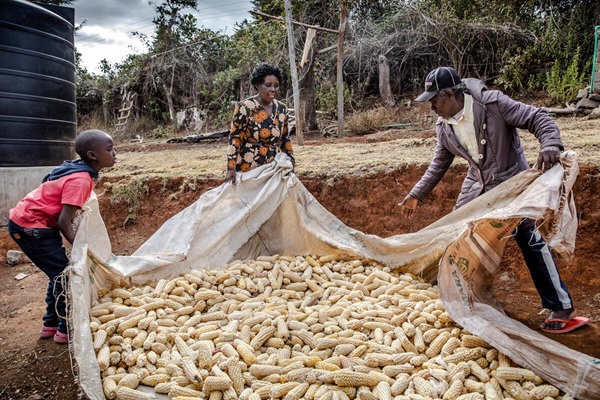
FAO Food Price Index dips in May amid lower cereal, sugar and vegetable oil prices
06/06/2025
Rome – The benchmark of world food commodity prices dropped in May as marked declines in international quotations for maize and palm oil outweighed historically high prices for butter and bovine meat, the Food and Agriculture Organization of the United Nations (FAO) reported on Friday.
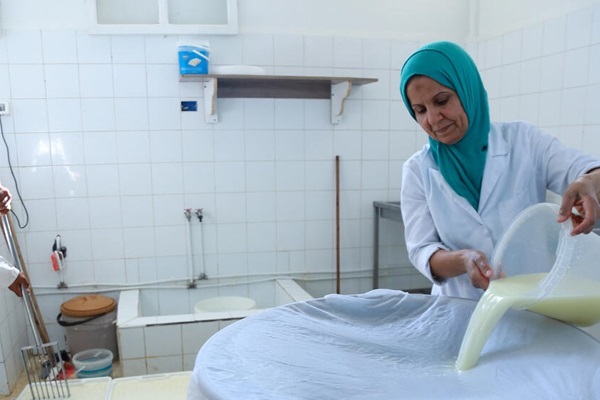
FAO Food Price Index increases in April
02/05/2025
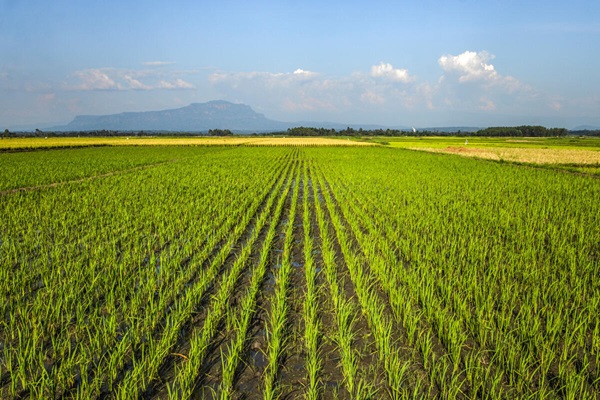
FAO Food Price Index remains stable in March
04/04/2025
48a4a758-afde-4b47-832d-dcac0e74f037.tmb-th600x400.jpg?Culture=en&sfvrsn=a62ae8d3_2)
Adverse climatic conditions drive coffee prices to highest level in years
14/03/2025

FAO Food Price Index rises in February
07/03/2025
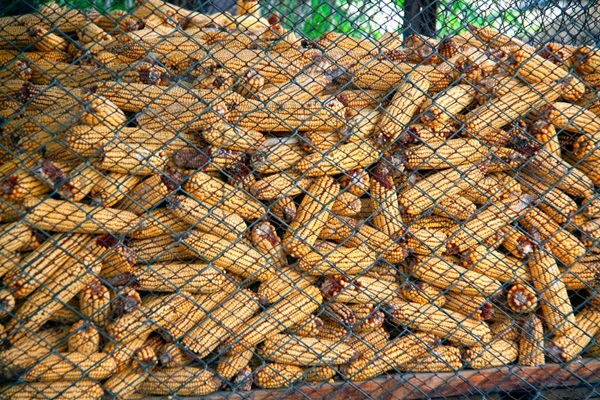
Benchmark for world food commodity prices down in January
07/02/2025
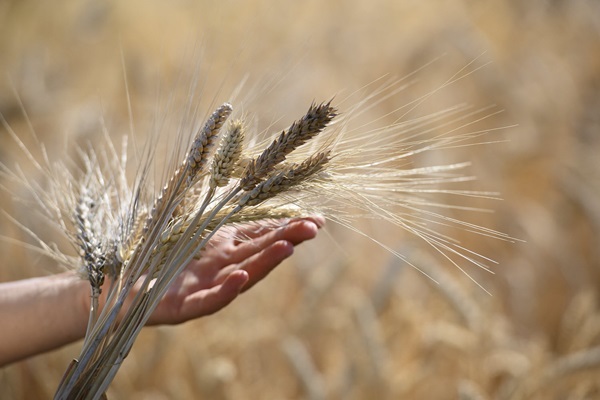
FAO Food Price Index dips during the month of December
03/01/2025
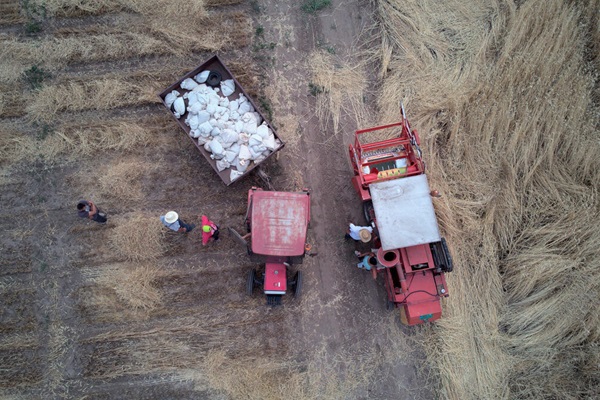
Rising vegetable oil quotations push FAO Food Price Index slightly higher in November
06/12/2024
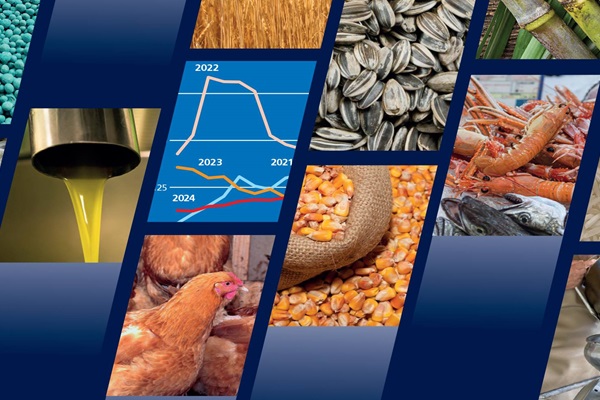
Cocoa, coffee and tea push up global food import bill for wealthier countries
14/11/2024
dd191e0b-70c3-4577-973f-2d883baa78965f3c6a202d094f7c965cb8caeee423cf.tmb-th600x400.jpg?Culture=en&sfvrsn=1e9d11aa_6)
FAO Food Price Index rises in October, its steepest climb in over a year
08/11/2024
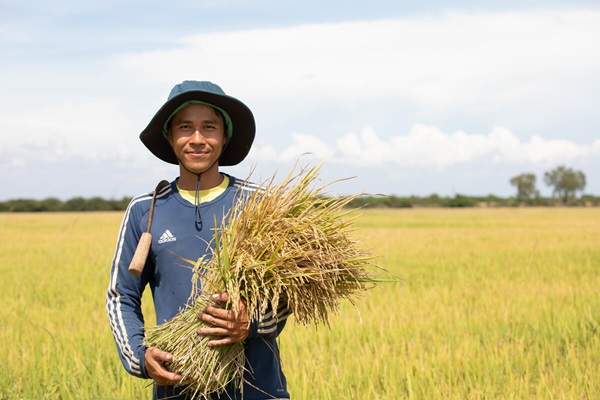
FAO Food Price Index rises in September
04/10/2024
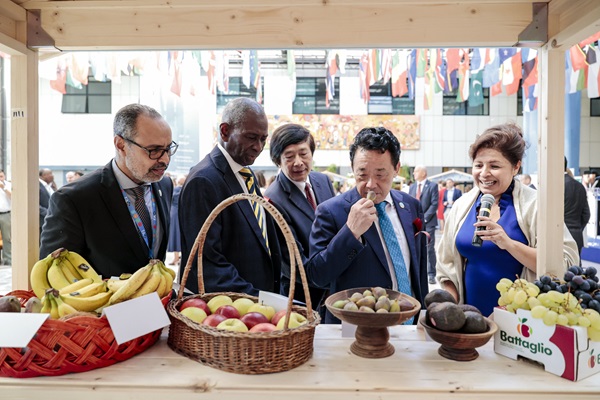
FAO Director-General inaugurates the Joint Exhibition of Special Agricultural Products
12/09/2024
.tmb-th600x400.jpg?Culture=en&sfvrsn=12da6d07_6)
FAO Food Price Index dips slightly in August
06/09/2024

FAO Food Price Index broadly unchanged in July
02/08/2024
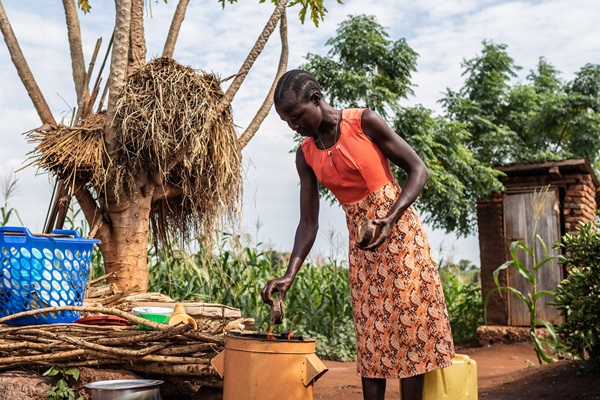
FAO Food Price Index stable in June
05/07/2024
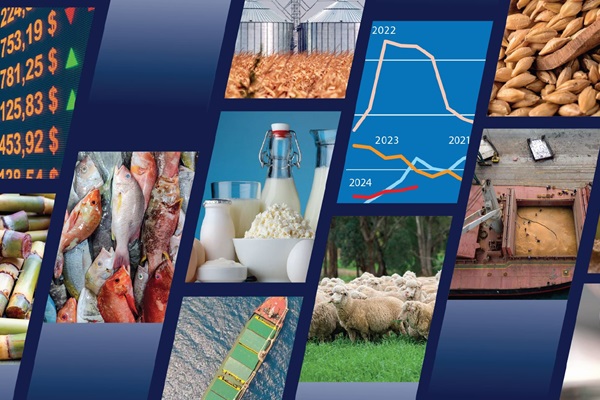
FAO foresees a stable outlook for most food commodity markets in 2024/25
13/06/2024
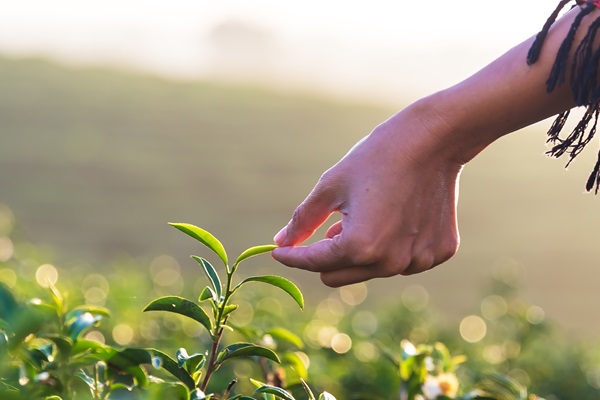
International Tea Day 2024: Honouring women around the world, from crop to cup
21/05/2024
International Tea Day is an opportunity to celebrate the cultural heritage, health benefits and economic importance of tea, while working to make its production sustainable “from field to cup” ensuring its benefits for people, cultures and the environment continue for generations

On International Tea Day, FAO spotlights the role of women in the sector and their significant contributions
21/05/2024
